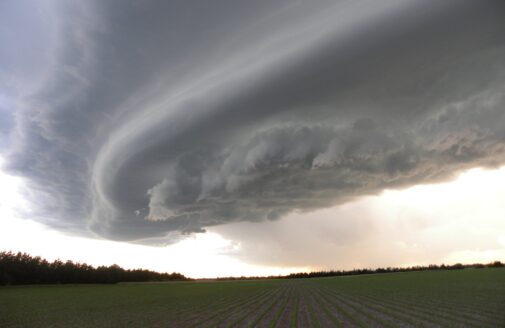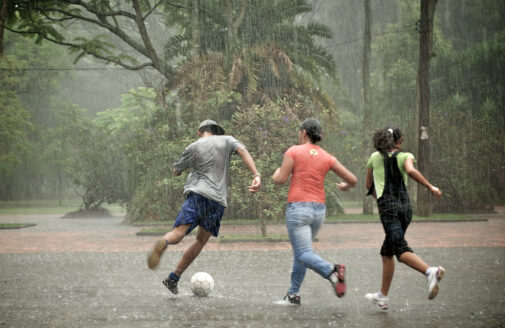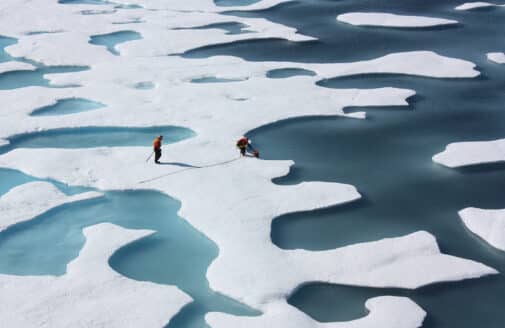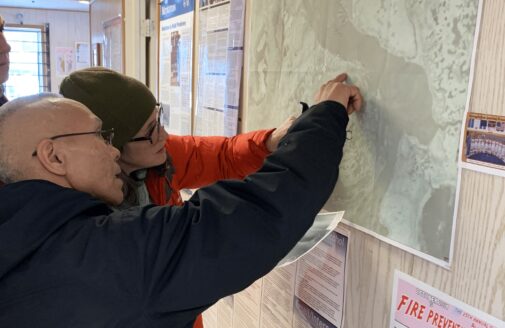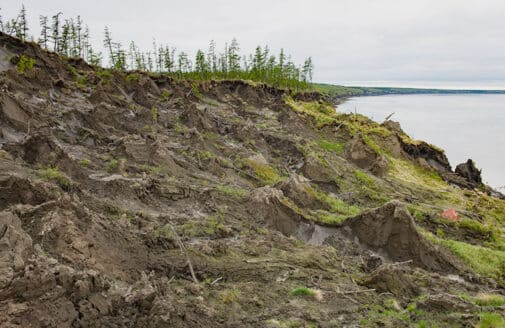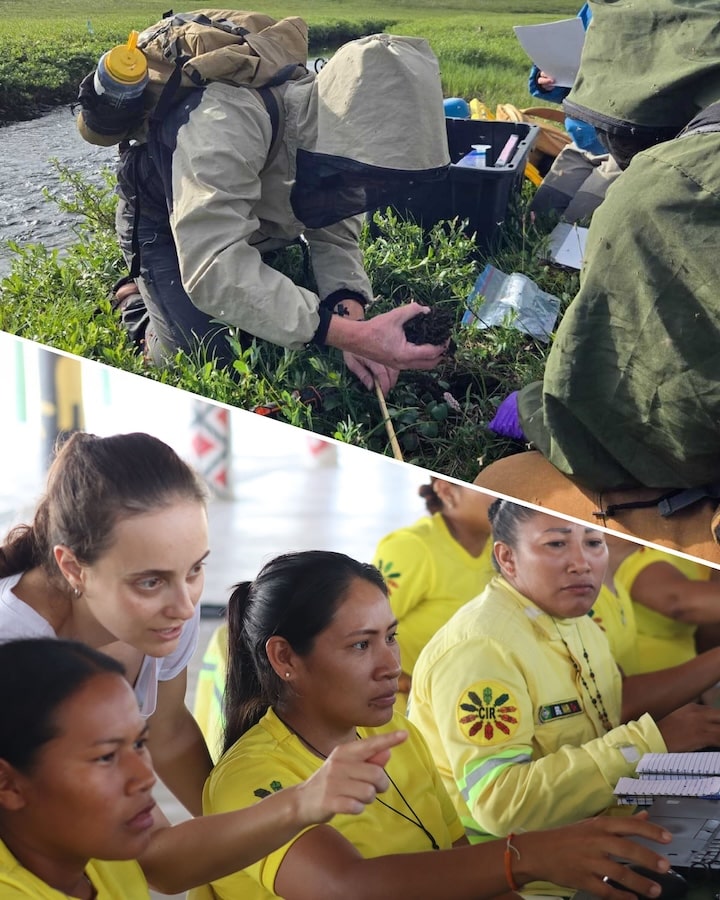Cold-air outbreaks continue in a warming world
A new paper from climate researchers highlights the impacts of stratospheric polar vortex behavior on cold-weather events across the U.S.

Snow blankets the reflecting pool and National Mall.
Photo by Joe Flood/NOAA
Despite a warming climate, disruptive winter cold spells still invade the U.S., and a new study helps explain why. Researchers found that two specific patterns in the stratospheric polar vortex, a swirling mass of cold air high above the Arctic, can steer extreme cold to varying regions of the country. One pattern drives Arctic air into the northwestern U.S., and the other into central and eastern areas. Since 2015, the Northwest has experienced more of these cold spells owing to a shift in stratospheric behavior tied to a warming climate—more proof that what happens in the Arctic doesn’t stay in the Arctic.
As winters in the United States continue to warm on average, extreme cold snaps still manage to grip large swaths of the country with surprising ferocity. A new study offers a powerful clue: the answer may lie more than 10 miles above our heads, in the shifting patterns of the stratosphere.
The research reveals how two specific patterns in the stratospheric polar vortex—a high-altitude pool of frigid air over the Arctic encircled by a band of strong west winds—can contribute to bone-chilling weather events across regions of North America. The patterns are described as “stretched” because the vortex is elongated relative to its typical, more circular shape. One such pattern reinforces intense cold in the northwestern U.S., while the other variation takes aim at central and eastern states. Both patterns are associated with changes in how atmospheric waves, in both the stratosphere and lower atmosphere, can alter the jet stream and allow Arctic air to penetrate far southward.
“Understanding the stratosphere’s fingerprints on changing weather patterns–particularly the counterintuitive connections between a warming globe and extreme cold weather events–could improve long-range forecasting, allowing cities, power grids, and agriculture to better prepare for winter extremes,” said Dr. Jennifer Francis.




